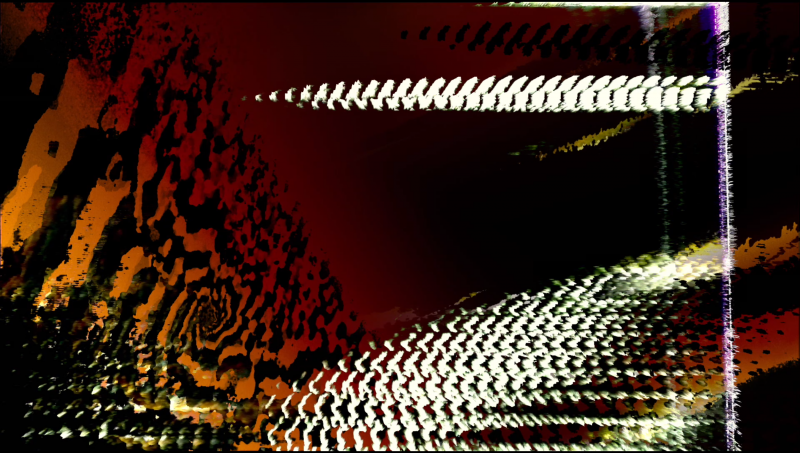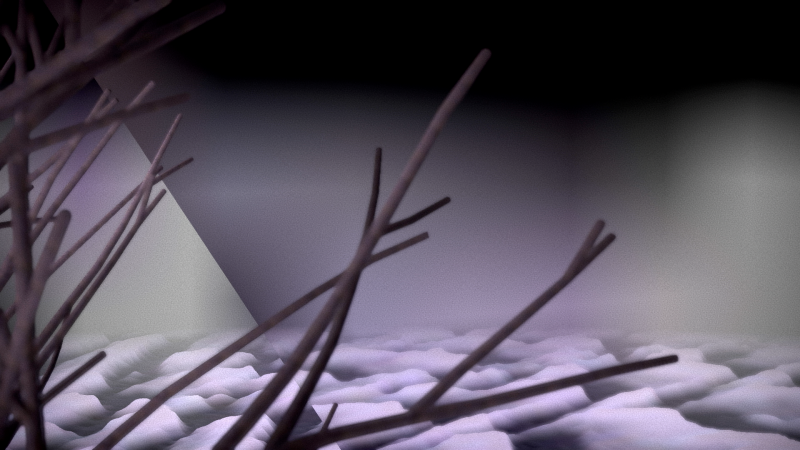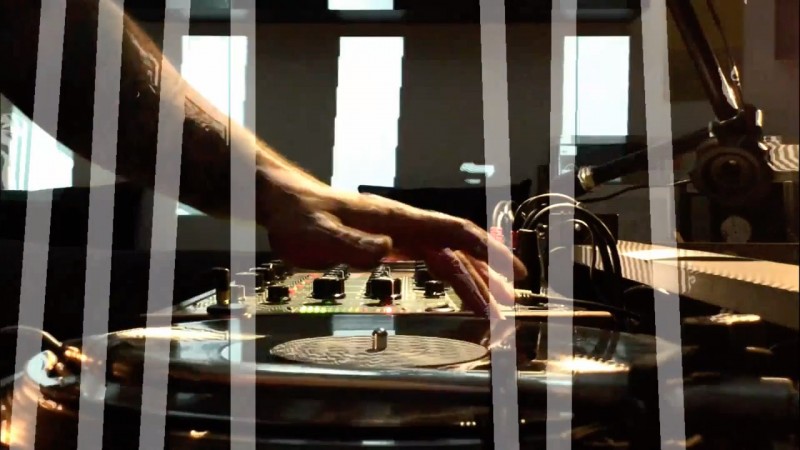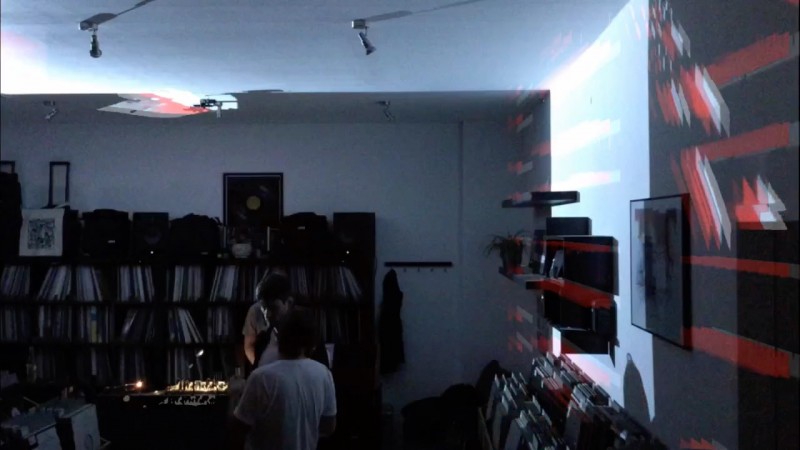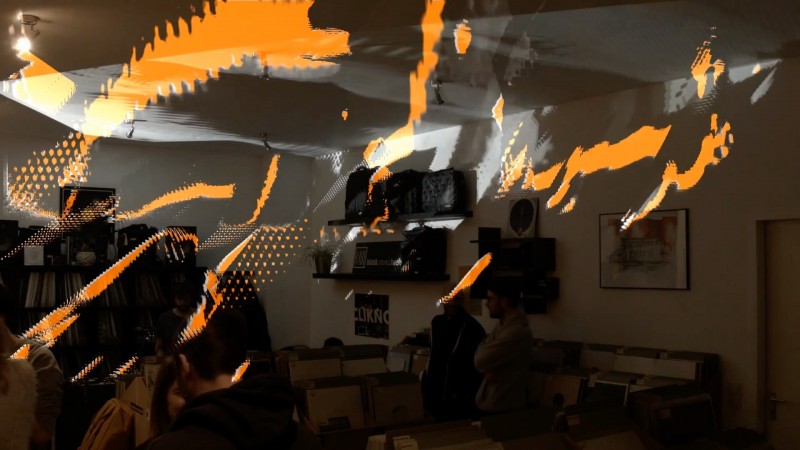Vidness is my stage name as VJ or live visualist. Please enjoy browsing the latest Vidness projects below. Or continue reading and watching even further, to get an understanding what Vidness visuals are about, and to see where it all started nearly 15 years ago.
Abstract
Vidness live visuals revolve around manipulating video-feedback live, which turns the perpetuating system into a visual instrument. Multiple monochromatic, high-contrast layers feed the same loop and add to or subtract from each other to form complex imagery. No pre-rendered content is being used in the composition. Only the simplest of shapes serve as light fueling the loop, keeping it alive in times of negative feedback. The performance augments the tension and release cycles of the music set and steers the overall mood with its color theme. In the best case it embraces the whole scene both physically and empathically.
Technical Details
Color modulation and opacity of the different layers are mapped to a hardware control surface which makes it act as the main mixer. Inside the software multiple low-frequency oscillators are used to lend rhythmic structure, but they are always manually aligned to the accompanied music performance.
There are several different methods to form the feedback loop, all of them generate unique aesthetics. Cameras pointed at preview windows or output screens make the images grainy and glitchy. Capture boxes still have an analog feel to them but take most off the glitches away, while creating a high resolution feedback loop internally within the VJ software results in the cleanest cascades.
Most of the time the visuals are projected onto diverse geometrically shaped surfaces. Video-mapping software makes it possible to split its output into multiple perspective corrected projections fitting precisely on arbitrary surfaces inside the projector's cone.
